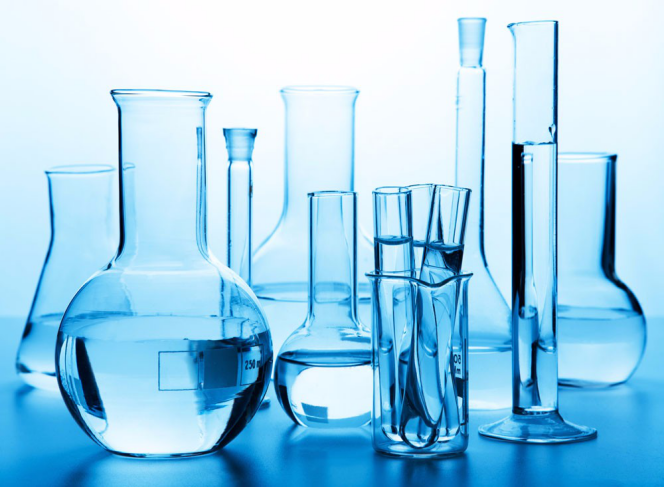Last year, a new disease appeared in corn in many areas of our province. In the seedling stage, the growth of the plants was slow, the edges of the leaves were chlorogenic, yellow streaks appeared, and the leaves shrank and twisted. In the adult plant, the diseased plants were short and dwarf. Some diseased plants showed knife-like nicks at the base or edge of the leaves, and the chlorosis on the leaf margins and the top was yellowish-yellow. Some of the leaves were rotted at the base of the leaves, and the leaves were sometimes torn or broken. Some of the top leaves of the diseased plants curl up into erect long whip-like shapes, which can not be stretched to form an arch when wrapped in other whip formations, or the top few leaves have twisted tangles that do not stretch and the tangled leaves tear and shrunk. In some diseased plants, the leaf bases and stems of the ear were yellowed, the stem sheaths of the sheaths were softened, and the tops of plants were tilted to one side; some of the diseased plants had afforested and erect leaves. According to the researcher Yuan Jianhua, a maize researcher at the Provincial Academy of Agricultural Sciences, a top rot occurred in corn that developed the above symptoms last year. The disease has occurred in many provinces in recent years, and has aggravated the trend of epidemic. It should be paid attention to. According to reports, the top rot of corn is mainly caused by the sub-mucosal variants of Fusarium verticillioides in the soil, which easily leads to smaller ears and less grain. The pathogenic bacteria overwintered in the soil, diseased bodies and carriers of bacteria, and became the primary infestation source for the onset of the next season of corn. The conidia of the pathogen re-infected with the spread of wind and rain. Seed carriers can spread long distances, so that the disease area continues to expand. In general, low-lying land and heavy soil masses are heavy; seeds stay in the soil for a long time, seedlings grow weakly, and the disease is heavy; water and fertilizer conditions are good, over-fertilized nitrogen, long-term continuous cropping, and sowing are too early and too deep. The incidence of land masses is heavy; the occurrence of overgrown and extensively managed plots is heavier; high temperatures, high humidity, and rainfall weather are conducive to the onset and epidemic. In the prevention and control of corn top rot, agricultural control and chemical control should be done at the same time. Timely cultivating, removing moisture, eliminating weeds, and preventing water accumulation in the field to enhance plant disease resistance. Fertilizers should be prohibited, phosphorus and potassium fertilizers should be added appropriately, and zinc fertilizers and growth regulators should be sprayed. The 2-3 leaves at the lowest point of the stem were removed in time to increase the ventilation and light transmittance in the field. Remove diseased plants and old leaves, and burn them centrally to apply pesticides to the diseased spots. For the distorted and rotted leaves of the heart, scissors can be used to cut the leaves above the tassels to facilitate the normal spearheading of the tassels and to bring the diseased leaves out of the field. For serious land masses, we must destroy the land and change other crops in time. For uncoated corn seeds, seed dressing with 0.3% seed weight of 75% chlorothalonil wettable powder or 50% carbendazim wettable powder or 15% triadimefon wettable powder before seeding Rot disease has a good preventive effect. When dressing, add the appropriate amount of water to the seeds and mix well, and soak for 4-8 hours. For corn fields with top rot disease, 58% metalaxyl MnZn wettable powder 300 times, or 50% carbendazim wettable powder 500 times, or 75% chlorothalonil wettable powder should be used in the early stage of disease. 500 times liquid spray. It is best to use a backpack sprayer to unscrew the sprayer and spray it from the top to the bottom of the heart of the diseased plant. Each spray is 50-100 ml. Appropriate amount of zinc fertilizer is added in the liquid.
Ibrutinib is a small molecule drug that binds permanently to a protein, Bruton's tyrosine kinase (BTK) that is important in B cells; the drug is used to treat B cell cancers like mantle cell lymphoma, chronic lymphocytic leukemia, and Waldenstrom's macroglobulinemia, a form of non-Hodgkin's lymphoma.
Ibrutinib is used to treat chronic lymphocytic leukemia, Waldenstrom's macroglobulinemia, and as a second-line treatment for mantle cell lymphoma, and marginal zone lymphoma.
We produce a series of complete intermediates for Ibrutinib, intermediate I (CAS No. 330786-24-8) and intermediate II (CAS No. 143900-44-1) etc.
All of our products are with stable production and strict quality control, making sure your experience with Sunshine Biotech is always enriching, satisfying and fulfilling.

Ibrutinib Intermediates
Ibrutinib Intermediates,Cas 330786-24-8,Cas 143900-44-1,High Purity Ibrutinib Intermediates
Nanjing Sunshine Biotech Co., Ltd , https://www.sunshine-bio.com
